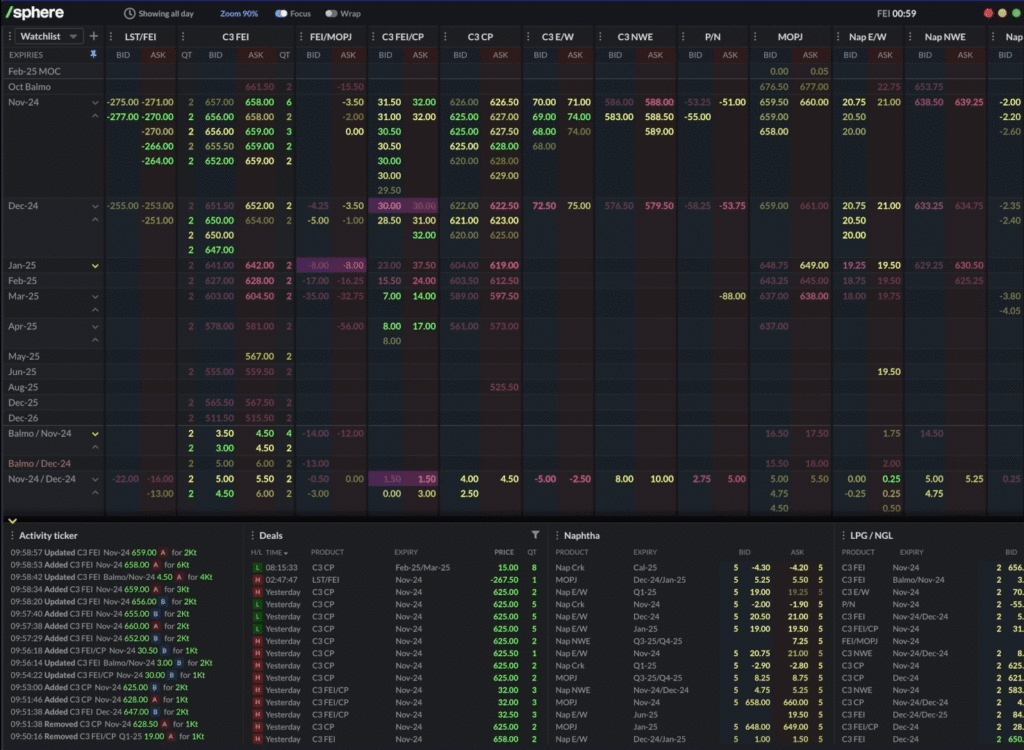It’s a pivotal moment for diversity in tech as the COVID bubble bursts. With over 250,000 tech layoffs globally in 2023, the competition for tech roles has reached new heights. But, what do these changes mean for diverse talent?
The current situation
Layoffs have disproportionately affected underrepresented groups. For example, when considering only gender, between October 2022 and June 2023, 45% of tech employees who were laid off were women. While it appears fair at first glance, it’s crucial to take into account that women represent only 26% of the tech workforce. As for why they’re more susceptible to layoffs, we’ll need to rewind slightly.
Let’s rewind to 2020
Following Black Lives Matter, diversity in tech was on the up. The movement redefined diversity, equity, and inclusion (DEI) in the workplace, with more and more companies pledging to invest in inclusive initiatives. Some even made good on their promises, with the likes of Cisco reporting a 120% increase in Black vice presidents in 2022 and Twitter (pre-Elon) in the same year seeing a 2.5% increase in black US workers. But all that changed in 2023, when the tech industry experienced the ‘great flattening’, as multiple companies restructured and scaled down amid macroeconomic challenges.
One of the main reasons why diverse talent was disproportionately affected is because, as a rule of thumb, it’s “last in, first out”. So, while progress was made in the years following 2020 leading to more diverse employees, they were more susceptible to being laid off owing to lower tenure/ seniority. In other words, the industry took one step forward, and two steps back.
The indirect impact on diverse talent
It’s important to consider the indirect impacts layoffs have on DEI. Fewer companies hire, resulting in fewer positions, and competition heating up. This has several implications for minority groups, including:
- Networking Steals The Show: In a shrinking job market, it’s less about “what” you know and more about “who”. As reliance on personal and professional relationships grows, diverse candidates may find it harder to discover and secure new opportunities.
- Tougher Barrier to Entry: Alongside layoffs, many companies are rethinking their hiring plans, which is putting a lot of graduate opportunities on the back burner, with suitable graduate positions now around 40% lower than 2018 levels. There’s also more competition as there’s still a backlog of candidates looking for entry-level positions post-COVID hiring freeze. We’ve witnessed the tougher barrier to entry firsthand through our nonprofit partner CodeYourFuture. They help refugees and those on low income to start careers in tech. Despite improving the quality of their programme, in the face of one of the toughest job markets in recent memory, their recent class of graduates have secured fewer positions than in previous years.
- Waning Support: In the face of tough economic times, it’s become clear just how much some companies view diversity as a trend. Quite a few have swiftly dismantled their new DEI teams, just months after bringing them on board, which reduces the momentum for positive change.
- Noise Increases Bias: Have you noticed an increase in the number of candidates applying for your roles? We certainly have. As your teams start navigating the unprecedented volume of applications, biases are likely to creep in, as studies have shown that under time pressure or other stress, hidden biases come into play. When you’re inundated with CVs and, as a result, spend less time on each, you’re more likely to rely on assumptions or preferences. Picture this: You’re scrambling to fill a role in a hurry, drowning in a sea of applicants. In that chaotic rush, you’re likely to opt for what seems like an instant fit. Work experience. Match. Skills. Match. Education. Match. But not digging deeper can have detrimental effects. Consider the amazing women in tech; many of them don’t have traditional computer science degrees. You’ll find that a good number who studied Biochemistry are now Python developers, as their degrees involved a developing course which was their gateway into tech. By not digging deeper into their backgrounds, you’re likely to overlook some very talented candidates.
How you can stop progress from unravelling
That’s why it’s a pivotal moment for preserving and advancing diversity in tech. It’s up to us to make sure the progress we’ve made as an industry doesn’t unravel. One of the main ways to support underrepresented groups is to review your recruitment processes. To approach this, you could:
- Meticulously review the language used in your job descriptions, ensuring it’s inclusive and appeals to candidates from various backgrounds. You’ll want to track your progress using LinkedIn Talent Insights. For example, in 2023, our business saw almost equal view-to-apply rates on our job posts: Male 16.9% and Female 16.2%, which is a testament to the gender-neutral language and inclusive requirements we include in all our job descriptions.
- Recognise the diversity of skills in the workforce and deliberately look for a broad spectrum, focusing on transferable skills, with an understanding that career paths vary.
- Post content, host roundtables, and organise networking events to attract individuals who face common hurdles or share similar backgrounds, creating a supportive community. Engage with companies such as CodeYourFuture, who are always looking for new partners.
- Implement anonymous scorecards to ensure hiring managers make personal decisions based on merit rather than being influenced by the thoughts or comments of the rest of the interview panel.
That’s just a snapshot of how your business can make strides to promote diversity in tech. If you’re all about diversifying your teams but are feeling a bit overwhelmed, we’ve got your back. We’re doubling down on our commitment to make tech more inclusive, and we’d love for you to be a part of our journey. Even if it’s just for a friendly chat, get in touch today.
Looking for more insights?





